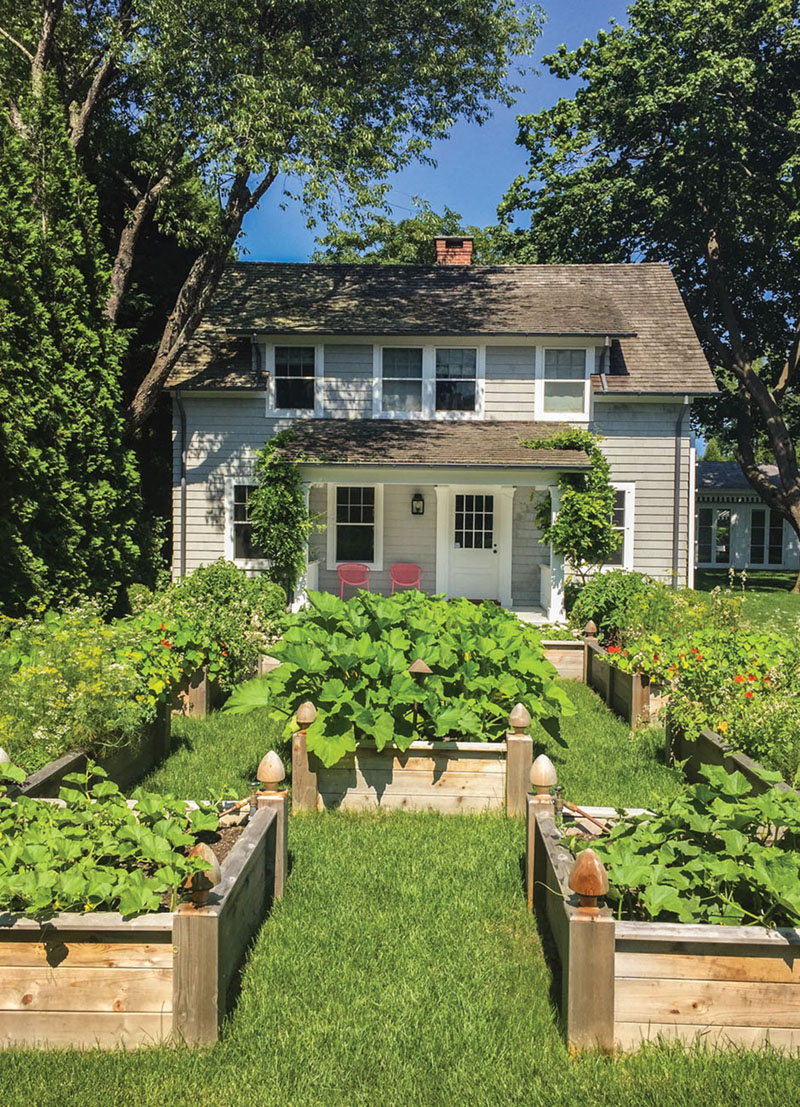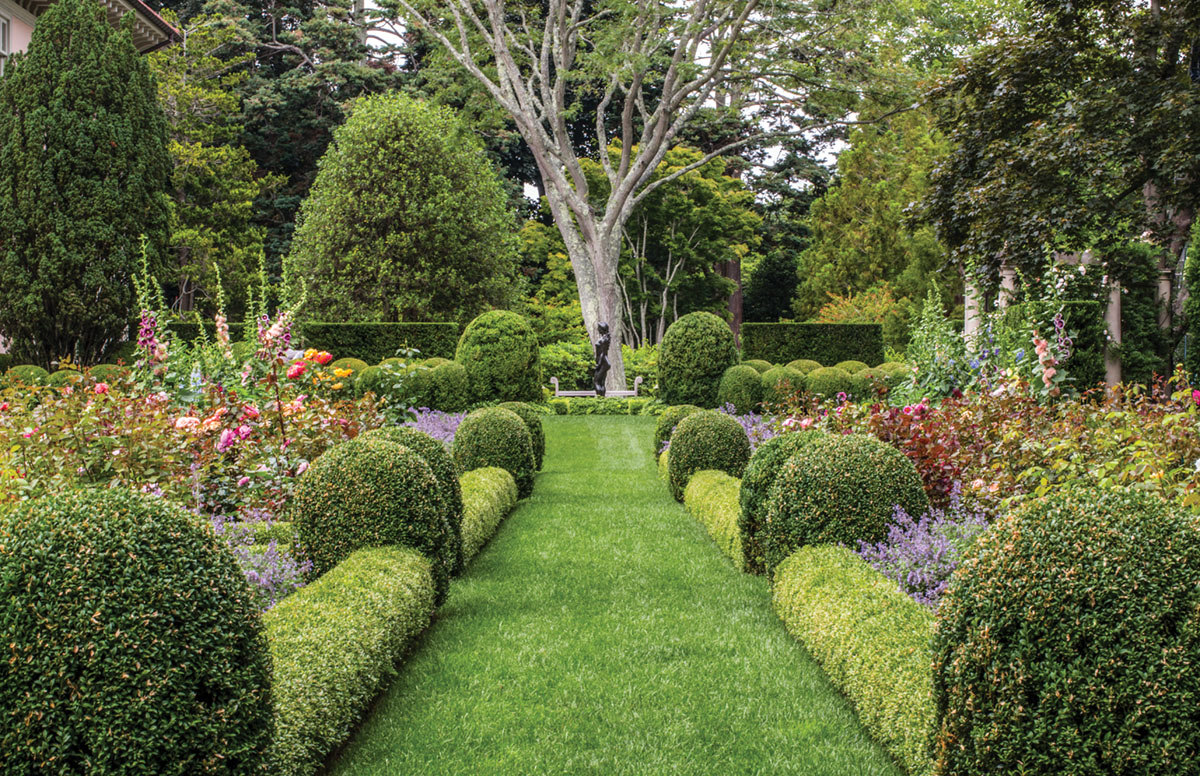
Photo by Lauren Coleman
In a Southampton cutting garden, axial views through the garden terminate with the sculpture and mature tree.
When Quincy Hammond was a little girl growing up in the small town of Montezuma, Georgia, her family owned a nursery run by her grandfather and, later, her father. “My dad kind of forced my brother and me to work in the nursery from the time I was 10 years old,” says the award-winning landscape architect. “When I started working there, I hated it.”
Quincy wanted to be an artist. A few years later, as a student at the University of Georgia, she longed to pursue a major in art, but her parents wanted her “to do something where I could conceivably get a job,” she says. She’d known someone who majored in landscape architecture, and she already knew a lot about plants, so the artistic young student turned her creativity toward a more mutable medium without realizing she’d stumbled into her life’s work.
Out of college, Quincy got a job working for a landscape design firm out of Atlanta, but, like many ambitious young talents, she was drawn to the siren song of New York City. On a birthday trip to the city with her mother, Quincy remembers looking around at the traffic and buildings and thinking, “I can do this.” When she got back to Atlanta, she researched the best landscape architecture firms in New York and came across Hollander Design, still a marquee company in the industry. Quincy cold-called to ask for an interview and, much to her surprise, got one. A couple of months later, she was moving to New York with a job at Hollander.
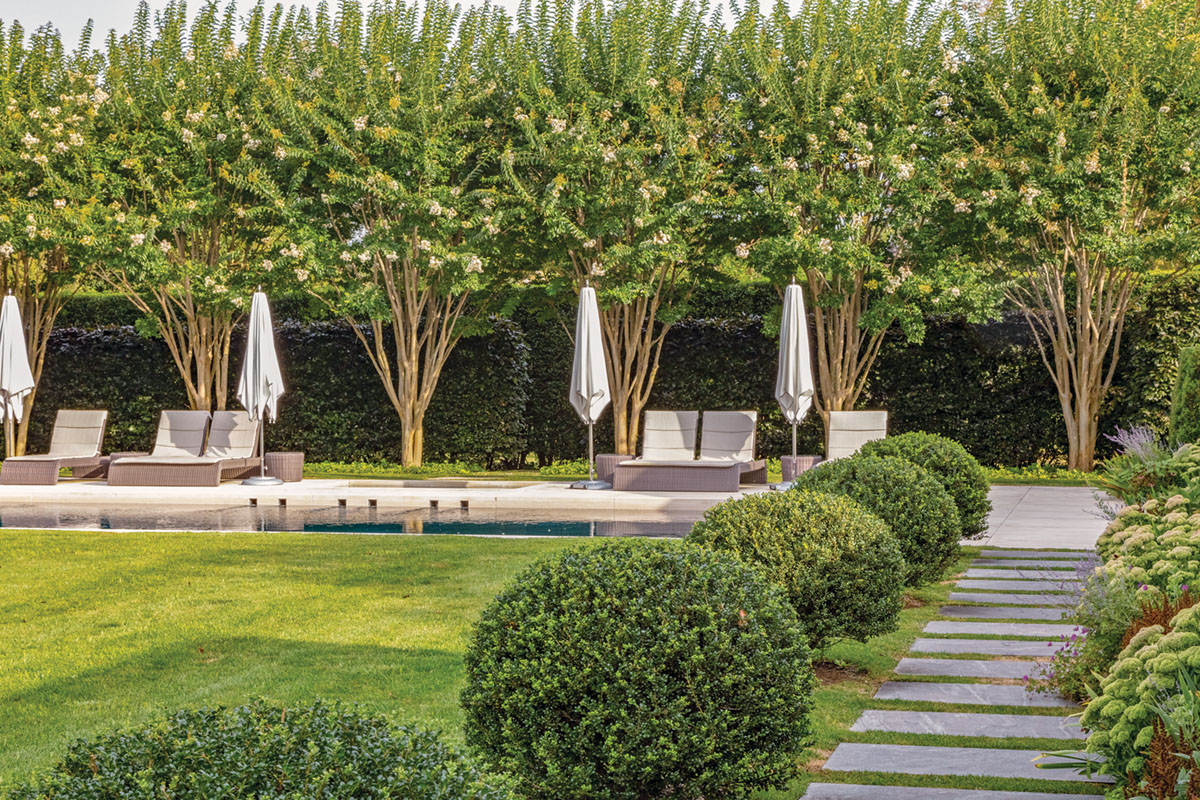
Photo by Kyle Caldwell
The muted palette of green and white in this Southampton garden makes sculptural forms of trees and shrubs more graphic.
Her first big project was for an Abercrombie & Fitch executive’s home on Long Island. Quincy ran the job, including the purchase and placement of full-grown trees for the extensive gardens. “At one point I remember being on-site and directing this crane hoisting a huge tree that was spinning in the air and thinking to myself, ‘I hope nobody finds out how old I am!’ ” she says. Quincy credits that first big project—and her relationship with the clients she grew to know and trust—as pivotal to her career. She stayed at Hollander for eight years and then, in 2010, founded her own firm.
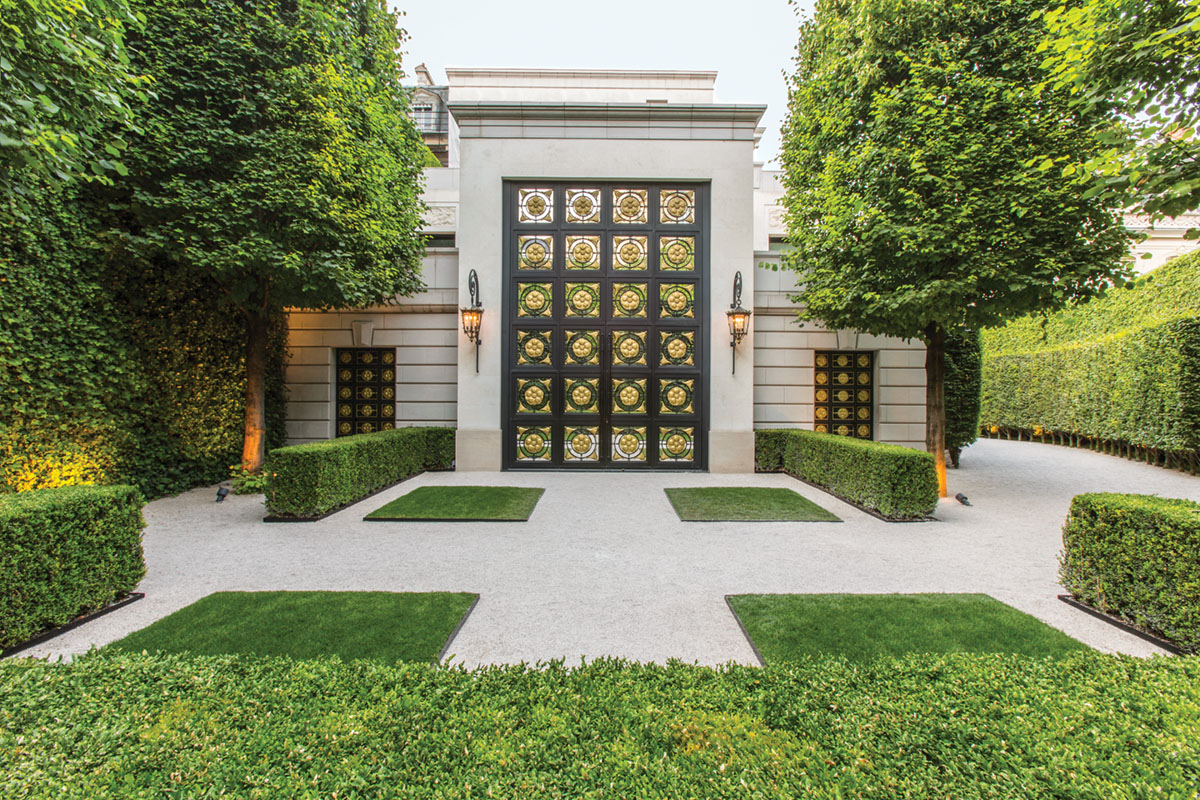
Photo by Lauren Coleman
For the Abercrombie & Fitch French flagship store on the Champs-Élysées, Quincy created a refreshing urban oasis.
Over the course of her career, Quincy has become known as a classicist, a designer whose work is so carefully edited and finely calibrated that the result looks inevitable. Her portfolio is a tutorial in design (and luxurious Long Island estates). Her gardens run on a strong axial layout with clear sight lines and an abiding reverence for proportion. A vista lined with a crisp, clipped boxwood hedge or an allée of manicured hornbeam will terminate with a giant beech tree snarled with wild, sculptural branches or a modern piece of sculpture. Rectangular beds of grass set on a gravel grid offer a sophisticated echo to fields of farmland on the property next door.
“Nothing is arbitrary,” she once wrote of a garden she admired. Appropriateness and alignment are guiding principles. Yet rather than coming across as tight-lipped or cold, Quincy’s gardens feel serene. Her gardens have breathing room. Her favorite palette is green on green on green—which may sound redundant but in practice makes for a graphic experience. “I think the idea that a garden is about flowers is a bit cliché,” she says. “To me, a garden is about green first and foremost, and the flowers are like the jewelry.”
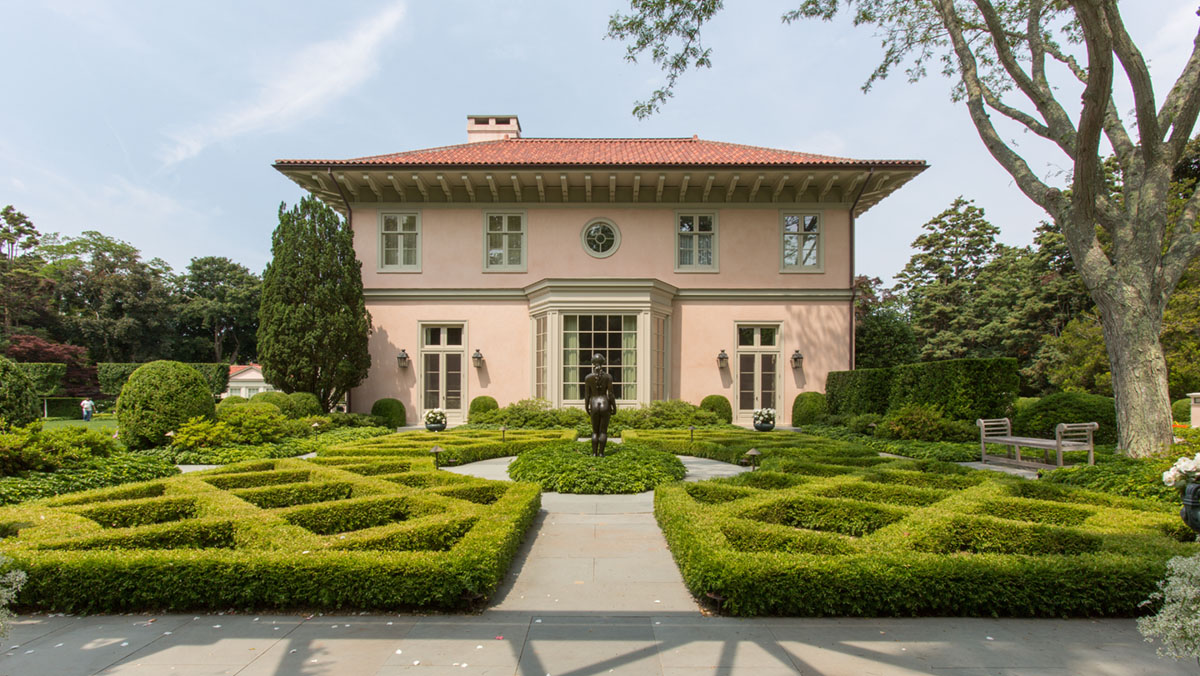
In the Library Garden, the diamond—pattern boxwood knot was inspired by the parquet floor in the library. The sculpture is Fleur by Aristide Maillol.
Quincy’s style was heavily influenced by a 2014 garden tour of France, a pilgrimage for the young designer. “Seeing, thinking, photographing, sketching, and writing—those are the tools,” she wrote in her blog on the eve of her trip. “Perspective, appreciation, and incubation are the goals.”
Indeed, the great gardens of Europe loom large in her work, and she boasts projects in Paris and Madrid. However, at the moment, she is looking for inspiration farther afield. “I’m dying to go to Kyoto,” Quincy says. “Japanese gardens are a lot about editing, making the most impact with the fewest elements—editing and refining, editing and refining. I’m challenging myself to do the same, so I think I’m in a phase of my career when seeing Kyoto’s gardens would be impactful.”

Photo by Quincy Hammond
May June 2021: Romance and Restraint: Landscape architect Quincy Hammond By Kirk Reed Forrester. A voluminous serpentine border blends fun and sophistication for a family with young children.
At present, she’s working on a fanciful garden in Southampton, on land that has not been touched in 80 years. A grand estate once stood there until a 1930 fire burned it to the ground, leaving nature to slowly consume the lot. “It’s the most amazing site I’ve seen in my career,” says Quincy. “Every time we put a backhoe in the ground, we bring up something else!”
While archaeological digs may not be Quincy’s usual pastime, in some ways the central task of the work she does so well shares the same intents: to unearth the essential parts of a garden; to find its relationship to the land, its relationship to its history, and its relationship to its house; and to create moments of beauty that stand the test of time.
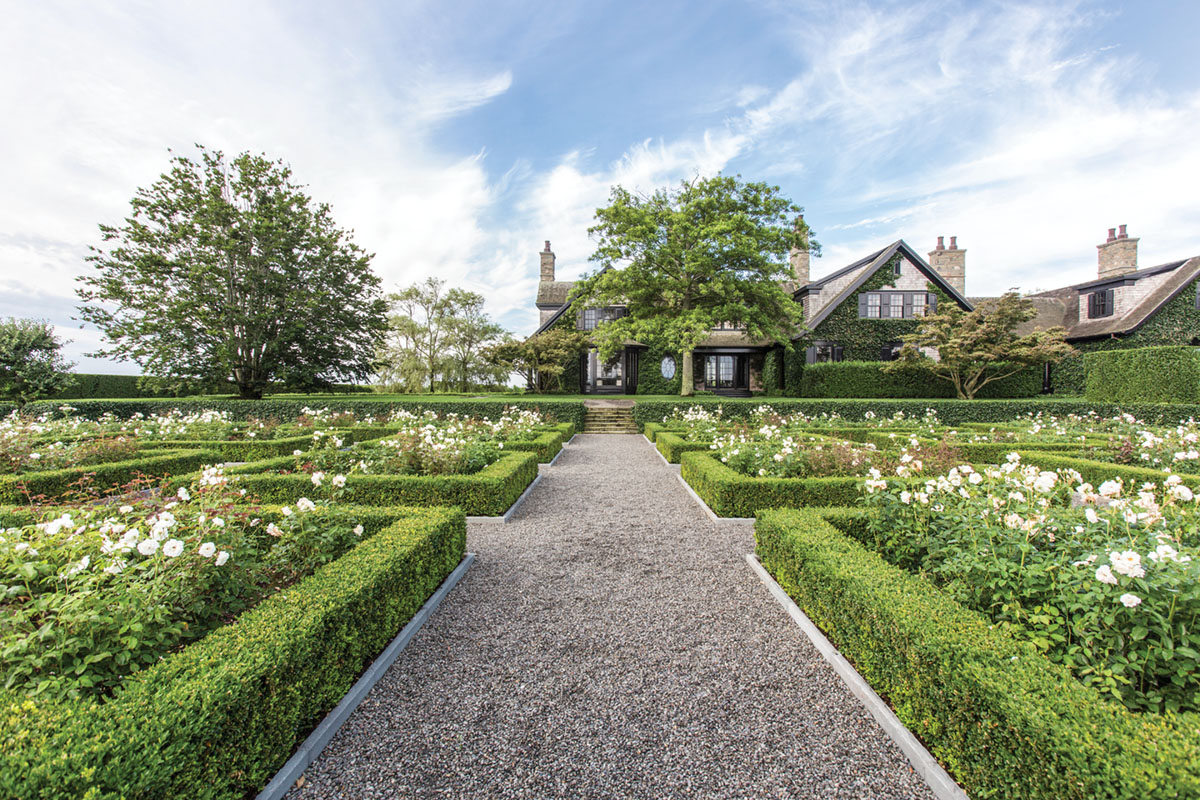
Photo by Lauren Coleman
At a Watermill property, the delineation of space makes the gardens feel more expansive.
By Kirk Reed Forrester | Landscape architecture by Quincy Hammond
See more from Quincy on her website and by following her on Instagram
This story originally appeared in Flower magazine’s May/June 2021 issue. Find Flower on your local newsstand or subscribe.



